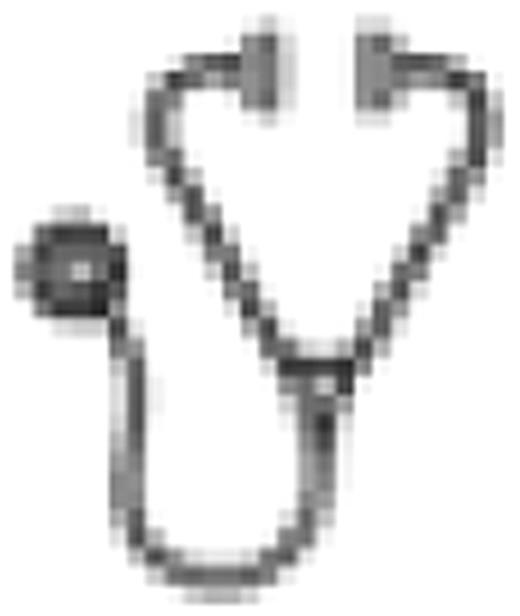Abstract
Abstract 765
Combined modality treatment consisting of 4 cycles of chemotherapy and IF-RT is the standard treatment for early unfavorable HL. Overall survival (OS) and freedom from treatment failure (FFTF) at 5 years in this group of patients was 91% and 83%, respectively, in our prior HD8 study. Thus, the rationale for HD14 was to improve on these results by increasing dose intensity using BEACOPP escalated.
Between January 2003 and July 2008, 1655 patients with histologically confirmed diagnosis of Hodgkin lymphoma in early unfavorable stages were randomized. Patients had to be 16–60 years old and have CS I, IIA with one of the following risk factors: large mediastinal mass (a), extranodal disease (b), elevated ESR (c), or ≥ 3 nodal areas (d), IIB with risk factors c or d). Patients were randomized to either 4 cycles of ABVD (arm A) or 2 cycles BEACOPP escalated followed by 2 cycles ABVD (arm B). All patients received 30Gy IF-RT after chemotherapy. Primary objective was the improvement of FFTF.
The full analysis set comprised 1623 patients (98.1%) who were documented and followed for treatment effects; 818 were in arm A and 805 in arm B. Patient characteristics were well balanced between the two arms with a median age of 33.6 years and most patients in stage IIA (67%). The overall response rate to treatment was 95% in each arm. With a median follow-up of 42.4 months, 20 patients had died in each arm; 19 patients in arm A had secondary neoplasia compared to 16 patients in arm B. Progressive disease was observed in 2.9% versus 0.9% of patients in arms A and B, respectively; early relapse rates were 2.8% versus 0.9%, and late relapse rates were 2.3% versus 0.9%. The estimated 4-year FFTF rate was 89.3% in arm A and 94.7% in arm B (p=0,0001, hazard ratio HR=2.04, 95%-CI: 1.39–2.94). There was no significant difference in overall survival yet (p=0.95). Acute grade III-IV toxicity rates of chemotherapy were higher in arm B (87.1%) than in arm A (50.7%) with leucopenia rates of 79% versus 24%, hair loss 48% versus 24%, thrombocytopenia 22% versus 0.1% and anemia 9% versus 1% in arms B and A respectively. 7.3% of patients had grade III/IV infections in arm B as compared to 3.4% in arm A. However, we observed no differences in treatment-related death or secondary neoplasia rates between treatment arms.
Intensifying treatment for patients with early unfavorable HL using 2 cycles of BEACOPP escalated followed by 2 × ABVD and IFRT results in a significant improvement in tumor control as compared to our prior standard of 4 × ABVD plus IFRT. As defined in the study protocol, this more aggressive treatment was implemented as new standard of care for early unfavorable HL in our follow-up study (GHSG HD17).
Greil:Cephalon: Research Funding.

This icon denotes an abstract that is clinically relevant.
Author notes
Asterisk with author names denotes non-ASH members.

This feature is available to Subscribers Only
Sign In or Create an Account Close Modal